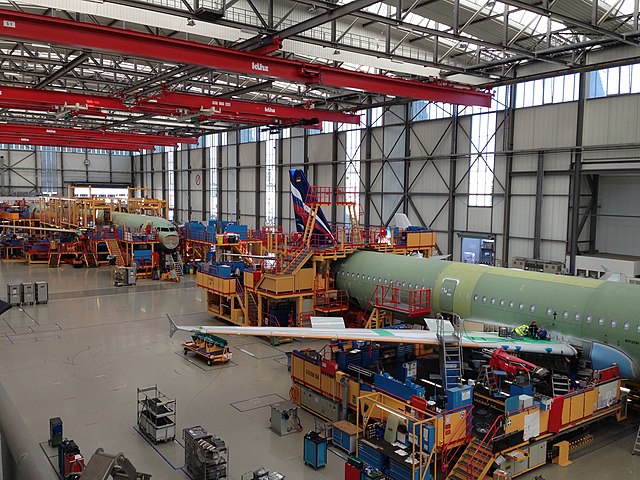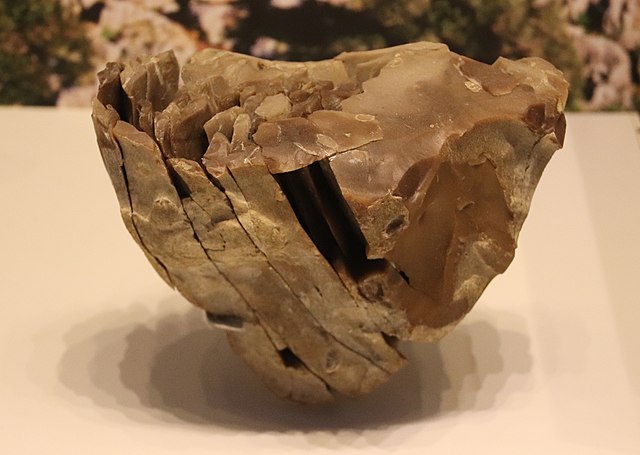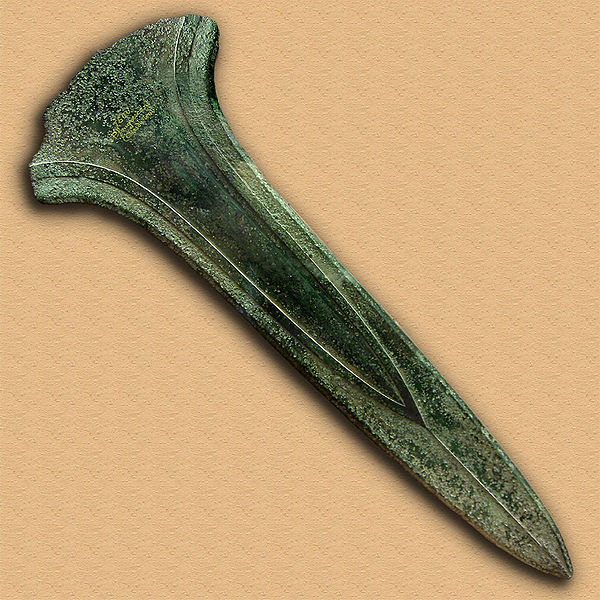An assembly line is a manufacturing process in which parts are added as the semi-finished assembly moves from workstation to workstation where the parts are added in sequence until the final assembly is produced. By mechanically moving the parts to the assembly work and moving the semi-finished assembly from work station to work station, a finished product can be assembled faster and with less labor than by having workers carry parts to a stationary piece for assembly.
An Airbus A321 on final assembly line 3 in the Airbus Hamburg-Finkenwerder plant
Hyundai's car assembly line
Lotus Cars assembly line as of 2008
Motor assembly line at Willys-Overland Company, Toledo, Ohio, 1920
Manufacturing is the creation or production of goods with the help of equipment, labor, machines, tools, and chemical or biological processing or formulation. It is the essence of the secondary sector of the economy. The term may refer to a range of human activity, from handicraft to high-tech, but it is most commonly applied to industrial design, in which raw materials from the primary sector are transformed into finished goods on a large scale. Such goods may be sold to other manufacturers for the production of other more complex products, or distributed via the tertiary industry to end users and consumers.
Manufacturing of an automobile by Tesla
Flint stone core for making blades in Negev, Israel, c. 40000 BP
A late Bronze Age sword or dagger blade now on display at the National Archaeological Museum in France
A stocking frame at Ruddington Framework Knitters' Museum in Ruddington, England








